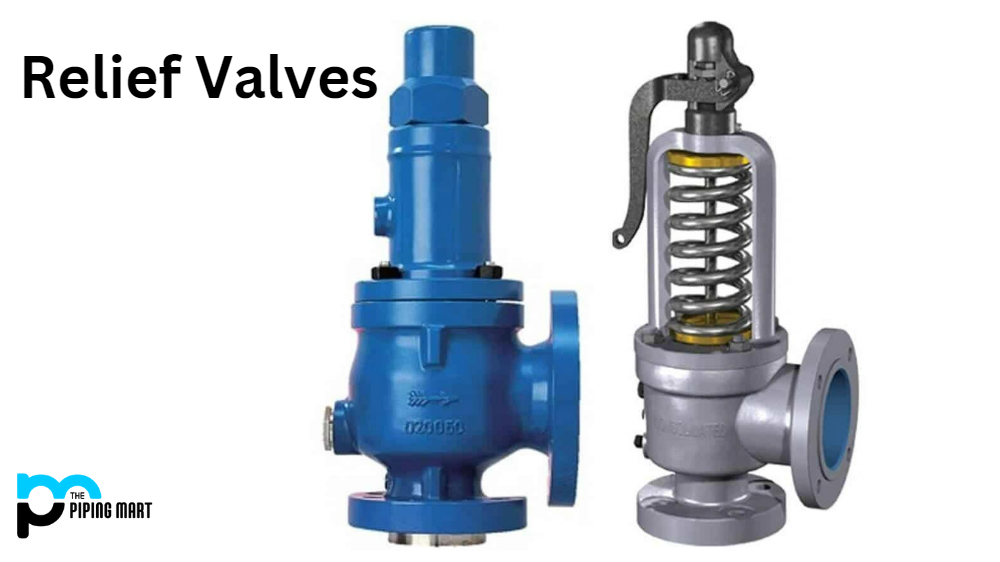Plasma and tig welding both have a wide range of applications, from industrial manufacturing to hobbyist projects. But what’s the difference between the two welding processes? In this blog post, we will take a look at plasma and tig welding and compare their differences. Read on to find out more!
What is Plasma Welding?
Plasma arc welding (PAW) is a type of arc welding that uses an electric arc as its heat source. It uses a non-consumable tungsten electrode and a shielding gas, usually argon or helium, to create an intense arc to melt the metals being welded together. One advantage of plasma arc welding is that it produces very little slag compared to other types of welding processes. This makes it ideal for use in tight spaces where access may be limited. It also has the ability to weld thin sheets of metal with great precision. However, its main disadvantage is that it requires high-cost components such as power supplies and cooling systems. As such, it is not suitable for low-budget projects or jobs requiring large amounts of material.
What is TIG Welding?
Tungsten inert gas (TIG) welding is another type of arc welding process that uses a non-consumable tungsten electrode and an inert gas shield—usually argon or helium—to protect the weld area from contamination by air particles during the process. TIG produces higher quality welds than plasma but requires more skill from the welder as well as more time for each weld joint due to its slower speed compared to other types of processes. It also requires additional equipment, such as filler rods, which can add cost if multiple joints need to be completed in one job.
Difference Between Plasma Welding and TIG Welding
- Plasma welding is a type of welding that uses a plasma torch to create an arc between the workpiece and the electrode. The plasma torch ionizes the gas around the electrode, which creates a plasma arc.
- Plasma welding is more efficient than other types of welding, such as oxy-fuel welding or tig welding.
- Plasma welding can be used to weld metals that are difficult to weld with other methods, such as aluminium.
- Plasma welding is less likely to cause warping or distortion than other methods of welding.
- Plasma welding is more expensive than other methods of welding, but the increased efficiency and quality may make it worth the extra cost.
- Plasma welding requires special equipment that may not be available at all welding shops.
Conclusion:
When comparing plasma welding vs tig welding, both offer distinct advantages depending on your specific application needs. For jobs requiring high precision with minimal slag accumulation in tight spaces, plasma might be the best choice, while TIG could be better suited for larger jobs requiring higher quality welds, even though they may take longer due to their slower speed compared with other processes. Ultimately, selecting one over the other depends on your project requirements and budget availability, so make sure you evaluate all factors before making your decision!

Pipingmart is a B2B portal that specializes in metal, industrial and piping items. Additionally, we share the latest information and information about materials, products and various types of grades to assist businesses that are involved in this business.




